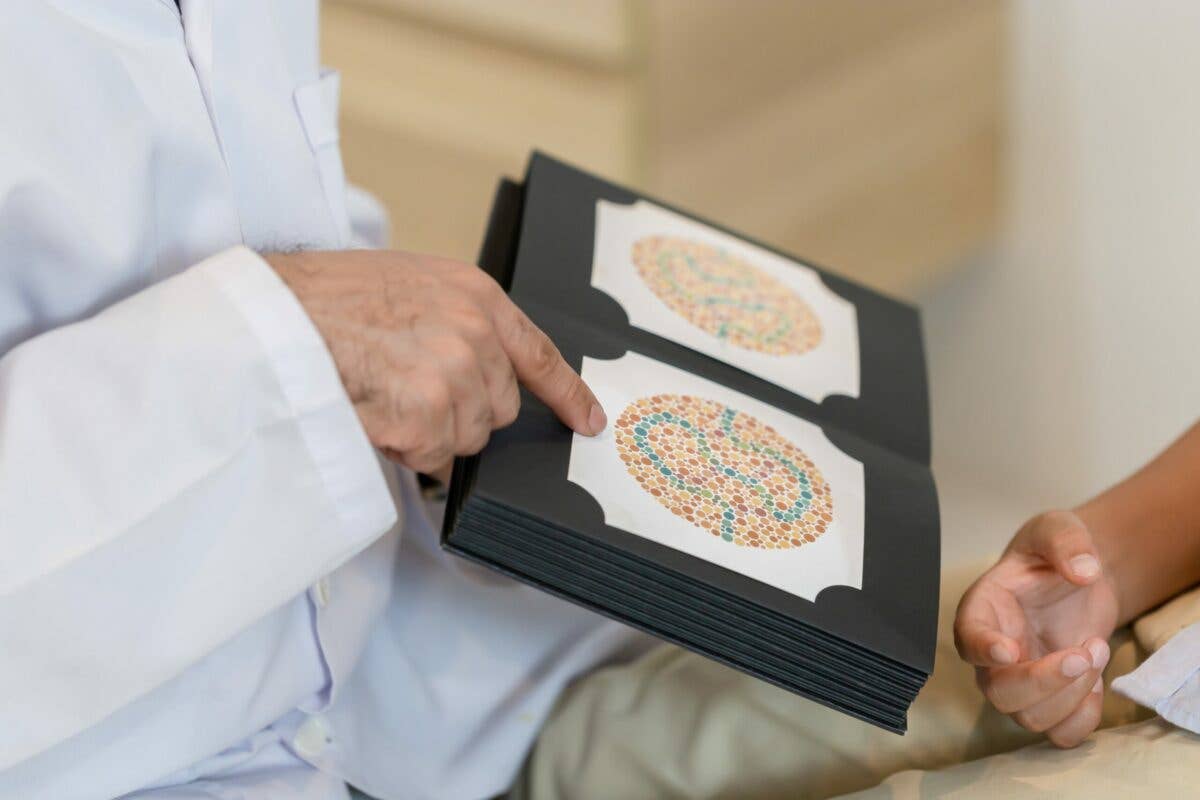Can a Pilot Be Colorblind?
I want to get my private pilot certificate, but I was told that I will never be able to because red-green colorblindness runs in the family.

Testing for colorblindness is a standard component of aviation medical exams. [Shutterstock]
Question: I want to get my private pilot certificate, but I was told that I will never be able to because red-green colorblindness runs in the family. If I have it, will that keep me from being a pilot?
Answer: Not necessarily. Red-green color vision deficiency—a fancy term for colorblindness—is also known as deuteranomaly and is the most common form of the condition. Because aviation is filled with color-coded information—including light gun signals, arcs on the airspeed indicator, lights in the cockpit, presentation on glass cockpit instruments, airport signs, lights and symbology on sectionals—color vision is important, especially at night when colored lights are used to identify aircraft in flight and determine its direction relative to you and locate airports by spotting the rotating beacon.
As a private pilot, you will be required to obtain a medical certificate that includes color vision testing using a pseudoisochromatic color plate test. It's a series of several dots of a specific color arranged to form a number while other dots of a different color surround them. People with color perception challenges may have difficulty distinguishing the numbers. If you fail this test because of red-green colorblindness, you will still be able to obtain a medical certificate, but there will be a limitation preventing you from flying at night. The FAA defines this restriction as “no night flying or color signal control.” You will still be able to fly during the day. The night limitation exists because land airports are identified by rotating green and white beacons at night.

Sign-up for newsletters & special offers!
Get the latest FLYING stories & special offers delivered directly to your inbox






